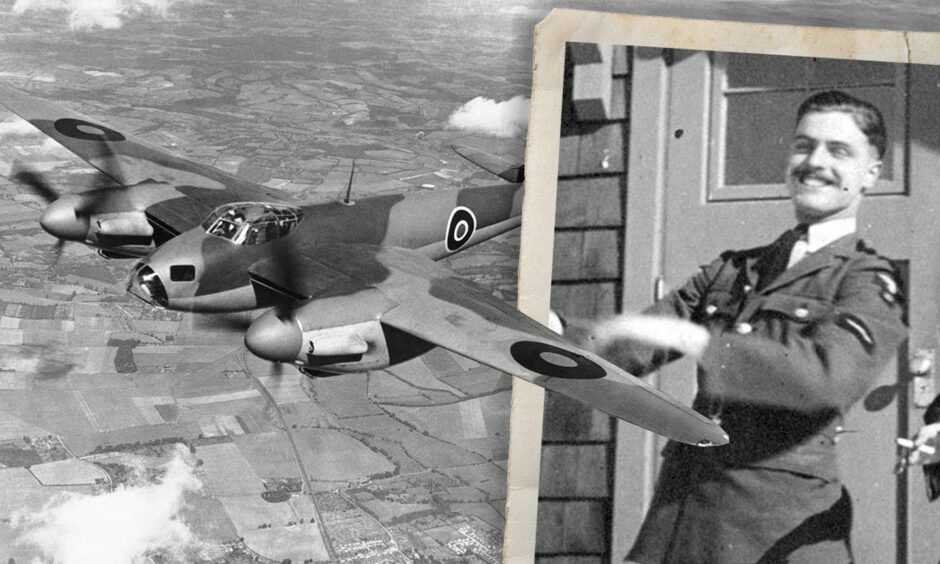
It’s chilling to think that of 125,000 aircrew in Bomber Command in the Second World War almost half that number died in action.
So many families, nursing so much pain, and it’s a pain which endures down the generations.
For Ann Kraunsoe it’s about the loss of her half-brother, pilot Bill Livock aged 20.
He and his flight sergeant Godfrey West, aged 21, died when their Mosquito aircraft plunged into the ocean off Covesea during training.
Training accidents took a heavy toll
Though less talked about, training accidents took a heavy toll in the RAF at that time too.
Ann doesn’t remember her half-brother – he was 20 years older.
But she knows his aircraft was the subject of a salvage search in 2002, and parts of it were pulled from the water.
Who carried out the salvage and where the parts are now remain a mystery, and Ann is hoping for help from P&J readers who might be able to solve it.
The tale also has a strong Elgin link, as Bill’s great friend Archie Pennie, originally from Elgin but living in Canada, heard about the salvage, put two and two together and realised it was his old pal’s plane.
It was the first he’d heard of what happened to Bill, and the news hit him hard.
But what happened on December 21 1944 that sent Bill and Godfrey to their watery graves?
Ann turned to the website aircrewremembered.com and discovered a gold mine of information about her half-brother.
William Denzil Livock had flying in his blood.
He was the son of Group Captain Gerald Edward Livock and his wife Francis of Lee-on-Solent in Hampshire.
He and Godfrey were in 248 Squadron, based at RAF Banff.
They were on a training exercise flying to RAF Lossiemouth when they lost an engine.
Bill tried to bring the Mosquito out of a dive, but the plane stalled and flipped onto its back, crashing into the sea one mile north of Covesea Skerries.
Neither body recovered
Neither of the two men’s bodies were recovered, and they are both remembered on the Air Forces Memorial at Runnymede in Surrey.
Bill trained at No 37 Service Flying Training School in Calgary, and that’s where he met Archie Pennie.
Archie was born in Banff in 1916, and after the death of his tailor father moved with his mother to Elgin.
He went to school at Elgin Academy, and went on to study explosives at Glasgow University before finding a job as a chemical engineer with the Woolwich Royal Arsenal.
In 1942, he headed for Canada to learn to fly with the RAF at its wartime training school at Assiniboia, Saskatchewan.
While training as aircrew in Calgary he met Bill, and the two hit it off.
The daring type
Archie told Vintage Wings of Canada: “He was what one would call a daring type, and never ceased to regale us in the crew room with the strange and frightening frills he added to our more mundane acrobatics.
“On one occasion he was on an armament exercise with an instructor who asked Bill to make a ‘small turn’ —not a phrase found in the instructor’s handbook.
“Bill interpreted it as a ‘stall turn’ and proceeded to scare the daylights out of the instructor.
“Needless to say, they never flew together again, but Bill saw the funny side and enjoyed talking about that particular adventure.”
Dangerous and difficult air strikes
Archie also had a good understanding of Bill’s war and how he came a cropper.
He said: “He was a member of 248 Squadron, part of Banff Strike Force which was in the heat of battles in the Norwegian fjords, in strikes that were fraught with difficulties and serious hazards.
“Losses were heavy, but it seems an ironic and cruel twist of fate that Bill should have survived all the hazards of these dangerous missions and ended up as a victim of local flying accident.”
Archie didn’t know what had become of Bill until almost six decades later.
During the war he was a flying instructor, training pilots on Fairchild Cornell aircraft.
He had married a local girl and stayed in Canada, but retained his links to his native Banff and Elgin.
Archie put two and two together over discovery of Mosquito plane near Lossiemouth
It was through this grapevine that he heard about the amateur salvage operation in 2002, put two and two together and realised the pilot in question was his great friend Bill.
He said: “The information about the salvage struck a chord with me for the pilot of the Mossie had been one of my closest friends through my aircrew training. The news hit me hard and made me feel as it was yesterday, not 58 years ago.”
“Bill was trying to make a single-engine landing at Lossiemouth and lost control.
“No doubt with low speed and the violent torque from the other engine he was turned over on his back and into the sea.
Tragic fate
“He was one of several close friends who suffered the same tragic fate in Mossies under similar circumstances.”
It was Archie’s understanding that the salvagers of the ill-fated plane had intended to incorporate the propellor into a memorial to honour crew from Banff Strike Force, but as far as he and Bill’s half-sister Ann know, this has never happened.
Archie died in 2013, aged 97.
As an aside, it was Archie, together with his pal Elgin Academy future head teacher James Bain who found the wreck of an Airspeed Oxford, complete with bodies of its Czech crew when they were walking together in the Cairngorms in 1945.
Ann, who lives in Dorset, reckons Bill took after their father.
She said: “My father learned to flying in World War One on bi-planes held together with string.
“He was in coastal command, and Bill was following in his footsteps.
“It would mean a lot to find out what happened to the propeller and any other parts recovered.”
Kelvin Youngs of Aircrew Remembered said thousands were killed in training during the war, and while there were many incidents involving Mosquitos, they were one of the best aircraft of the Second World War.
“It was an amazing aircraft, beautiful, and very fast.
“It was designed Geoffrey De Havilland and made by furniture makers because by that time all the aluminium and steel had been used up and they needed to design a wooden framed plane.”
If anyone can help Ann in her quest to find out more about the wreckage of Bill’s plane, please contact us here.
More like this:
Can you help solve the mystery of this WW2 stitched artwork found in an Aberdeen cellar?
How a Cruden Bay farmer’s wife welcomed enemy submariners with a cuppa in 1945
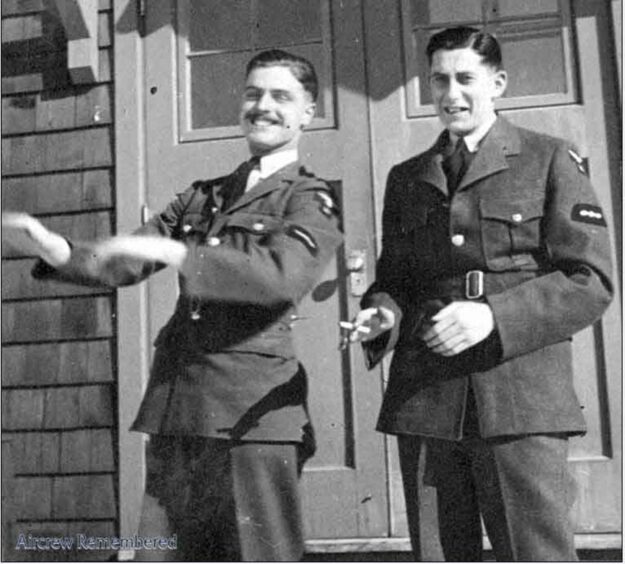




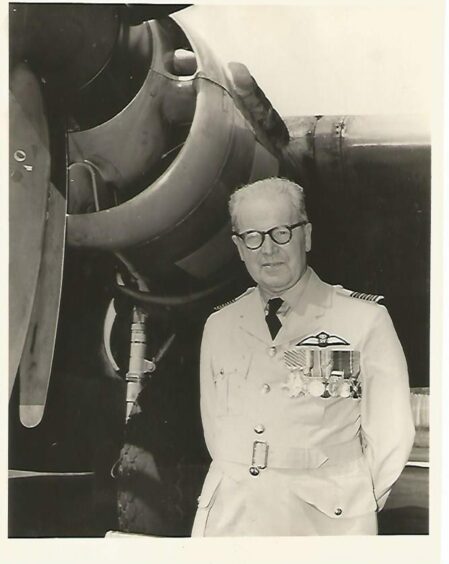
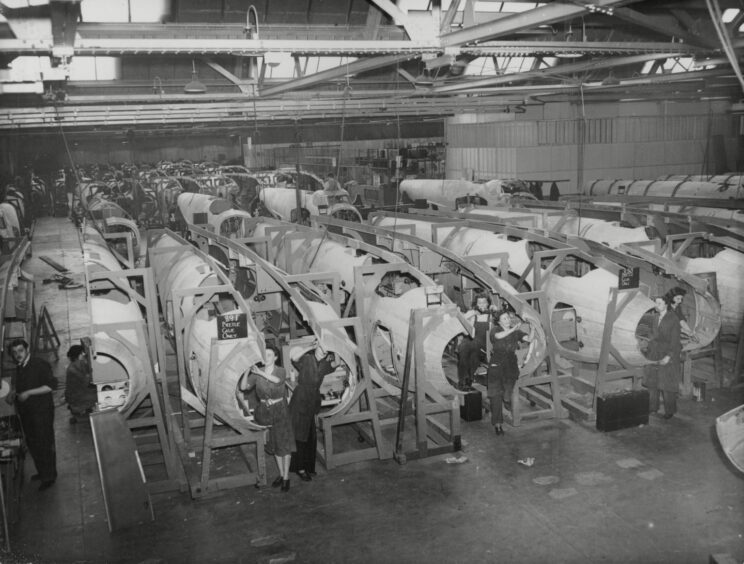
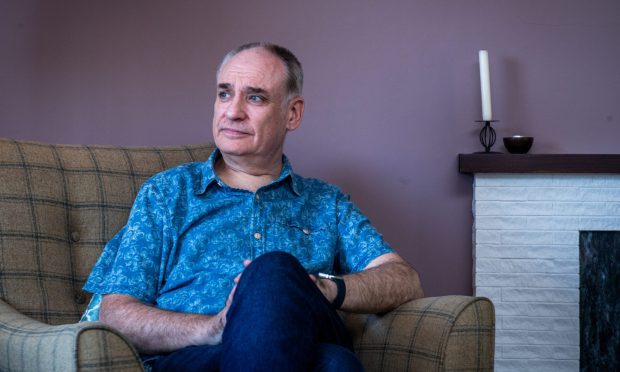
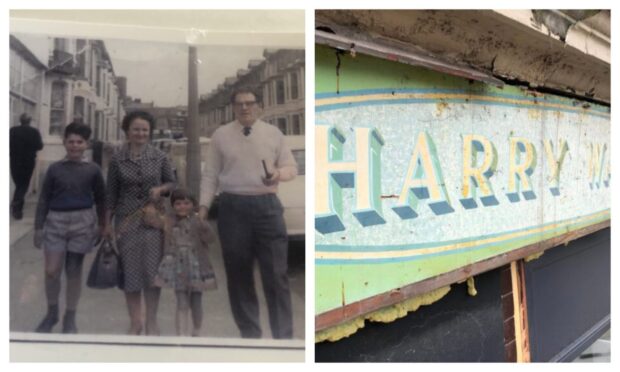
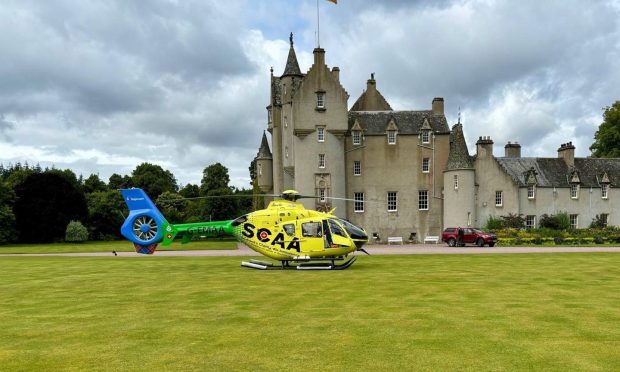
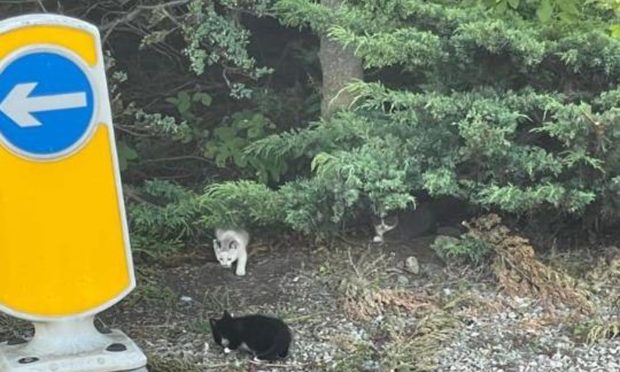
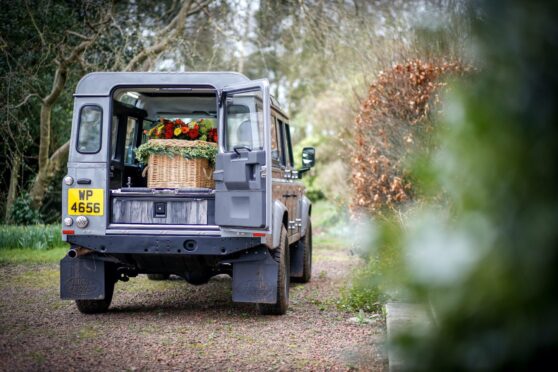

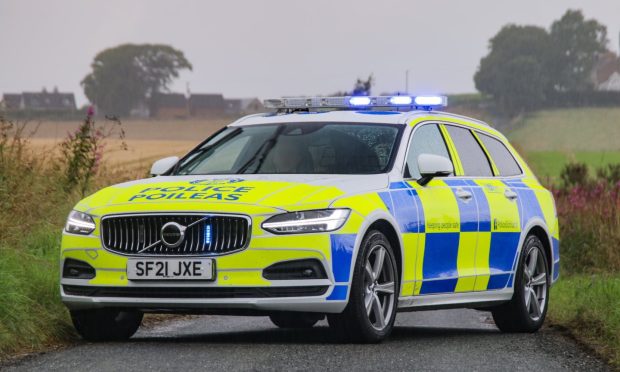

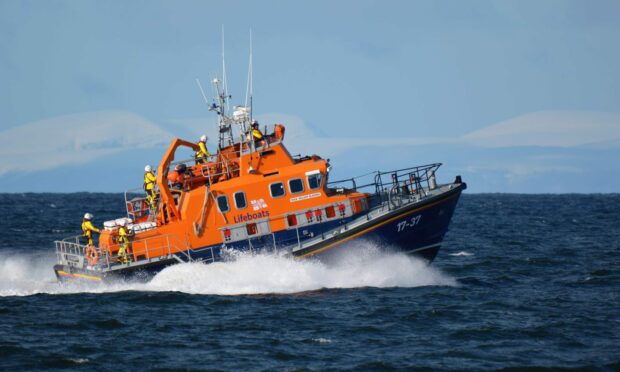

Conversation